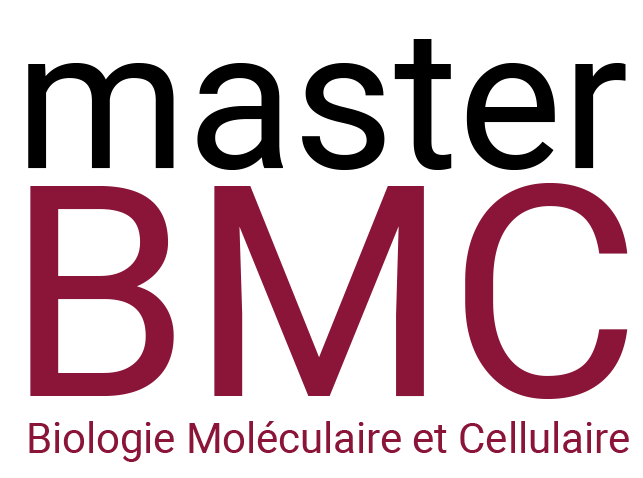Deciphering the TGF-b-dependent signaling pathways leading to the generation of peripheral regulatory T cells
Responsable du Stage : Cédric AUFFRAY
Tél : 01 40 51 65 89 Fax : 01 40 51 65 35 E-mail: cedric.auffray@inserm.fr
Institut Cochin
Résumé du Projet de Stage
Regulatory T cells (Treg cells) are the main mediators of peripheral tolerance under physiological settings (1). In the periphery, Treg cells encompass cells that have been naturally produced within the thymus, called thymic Treg cells (tTreg cells) (2), and cells with similar phenotype and functions that have differentiated from naïve CD4 T cells following antigen recognition in secondary lymphoid organs, called peripheral Treg cells (pTreg cells) (3–5). All Treg cells express the transcription factor Foxp3 (6) and most of them exhibit high surface levels of the α-chain of the IL-2 receptor (CD25) and they mainly rely on IL-2 availability for both their homeostasis and survival (7–9).
While TCR and IL-2 signaling pathways dictate tTreg cell generation from thymic precursors (preTreg cells), TGF-β signaling is crucial for the differentiation of naïve CD4 T cells into pTreg cells in vitro and in vivo. TGF-β binds to a hetero-tetrameric receptor complex composed of TβRI and TβRII that triggers the canonical SMAD pathway as well as numerous other signaling modalities, including MAPK, AP-1, PI3K and NFkB pathways. In the canonical SMAD pathway, SMAD2 or SMAD3 (SMAD2/3), phosphorylated by TβRI, form a complex with SMAD4 and translocate into the nucleus for transcriptional regulation (10). Foxp3 gene expression is controlled by a core promoter and at least 4 enhancers (conserved noncoding sequences, CNS0 and 1-3 (11–14)). Each regulatory element contains a variety of transcription factor binding sites which regulate foxp3 promoter activity. CNS1 is located between exons -2b and -1 of the Foxp3 gene and besides transcription factor binding sites for Rel-NFAT, CREB, RAR/RXR and AP-1 harbors a consensus sequence for Smad3 (12, 15, 16). Consistently, mice with a targeted deletion of the Foxp3 CNS1 enhancer (CNS1KO mice), or deficient for Smad4 (Smad4KO) or Smad2 and Smad3 (Smad2/3DKO) have an impaired commitment of naive T cells to the pTreg cell lineage in vitro (17, 18).
However, this impaired ability of naïve CD4 T cells from Smad4KO, Smad2/3DKO or CNS1KO mice to commit into pTreg cells is only partial. Indeed, in vitro Treg cell polarization assays in response to TGF-β reveal a 50% decrease in the proportion of Foxp3-expressing cells arising from naïve CD4 T cells from KO mice when compared with WT mice. Altogether, these results suggest that half of the TGF-b dependent conversion of naïve CD4 T cells into Treg cells is Smad- and CNS1-independent.
Using newly generated CNS1KO mice, we now plan, in particular, to investigate TGF-b-dependent Smad-independent signaling pathways leading to pTreg cell generation by (i) characterizing the thymic and peripheral Treg cell compartments of CNS1KO mice, and (ii) analyzing the involvement of the several non-canonical TGF-b signaling pathways in Treg cell differentiation using specific inhibitors and CRISPR-Cas9 mediated genetic engineering.
Dernières Publications en lien avec le projet :
- S. Sakaguchi, N. Sakaguchi, M. Asano, M. Itoh, M. Toda, J. Immunol. 155, 1151–1164 (1995).
- S. Z. Josefowicz, L.-F. Lu, A. Y. Rudensky, Annu. Rev. Immunol. 30, 531–564 (2012).
- J. M. Weiss et al., J. Exp. Med. 209, 1723–1742, S1 (2012).
- M. Yadav et al., J. Exp. Med. 209, 1713–1722, S1-19 (2012).
- S. Z. Josefowicz et al., Nature. 482, 395–9 (2012).
- S. Hori, T. Nomura, S. Sakaguchi, Science. 299, 1057–61 (2003).
- T. R. Malek, I. Castro, Immunity. 33, 153–165 (2010).
- R. Setoguchi, S. Hori, T. Takahashi, S. Sakaguchi, J Exp Med. 201, 723–735 (2005).
- I. F. Amado et al., J Exp Med. 210, 2707–2720 (2013).
- J. Massagué, Nat Rev Mol Cell Biol. 13, 616–630 (2012).
- Y. Zheng et al., Nature. 463, 808–812 (2010).
- Y. Tone et al., Nat. Immunol. 9, 194–202 (2008).
- S. Dikiy et al., Immunity. 54, 931-946.e11 (2021).
- X. Zong et al., Journal of Experimental Medicine. 218 (2021), doi:10.1084/jem.20202415.
- Q. Ruan et al., Immunity. 31, 932–940 (2009).
- L. Xu et al., Immunity. 33, 313–325 (2010).
- X. O. Yang et al., Immunity. 29, 44–56 (2008).
- T. Takimoto et al., J Immunol. 185, 842–855 (2010).
Ce projet s’inscrit-il dans la perspective d’une thèse :
oui X
ED d’appartenance : BioSPC
FicheaccueilM2-BMC-2021-2022 (CA)
Intitulé de l’Unité : Institut Cochin / INSERM U1016 / CNRS UMR 8104
Nom du Responsable de l’Unité : Antoine Toubert
Nom du Responsable de l’Équipe : Bruno LUCAS
Institut Cochin 27 rue du Faubourg Saint-Jacques, 75014 PARIS

